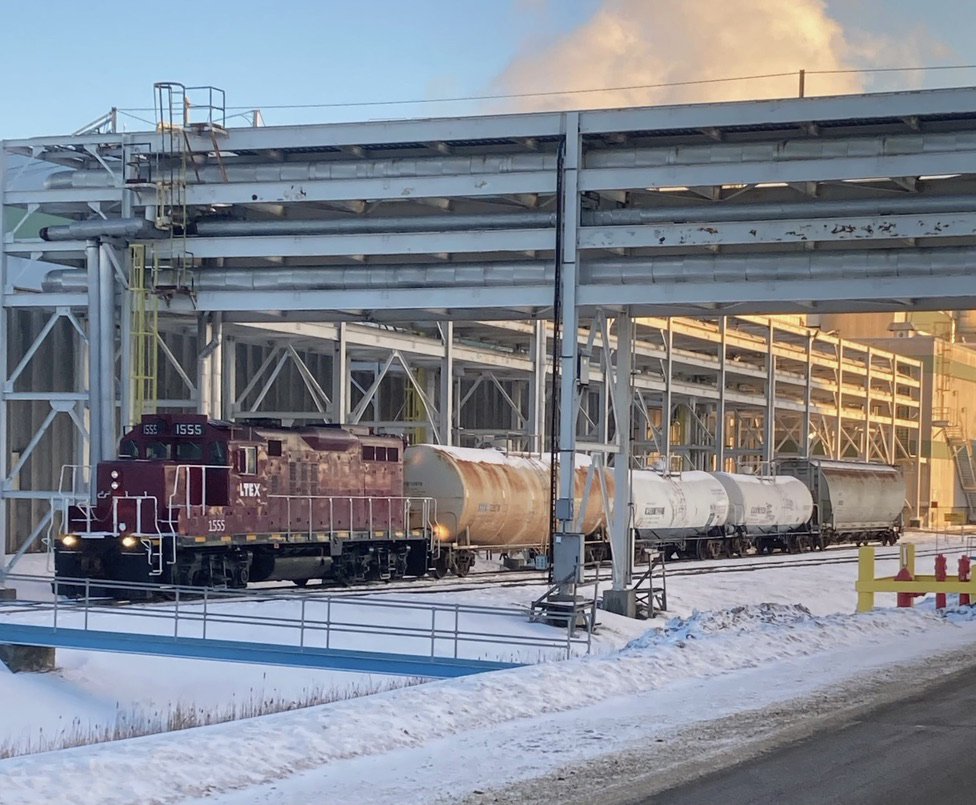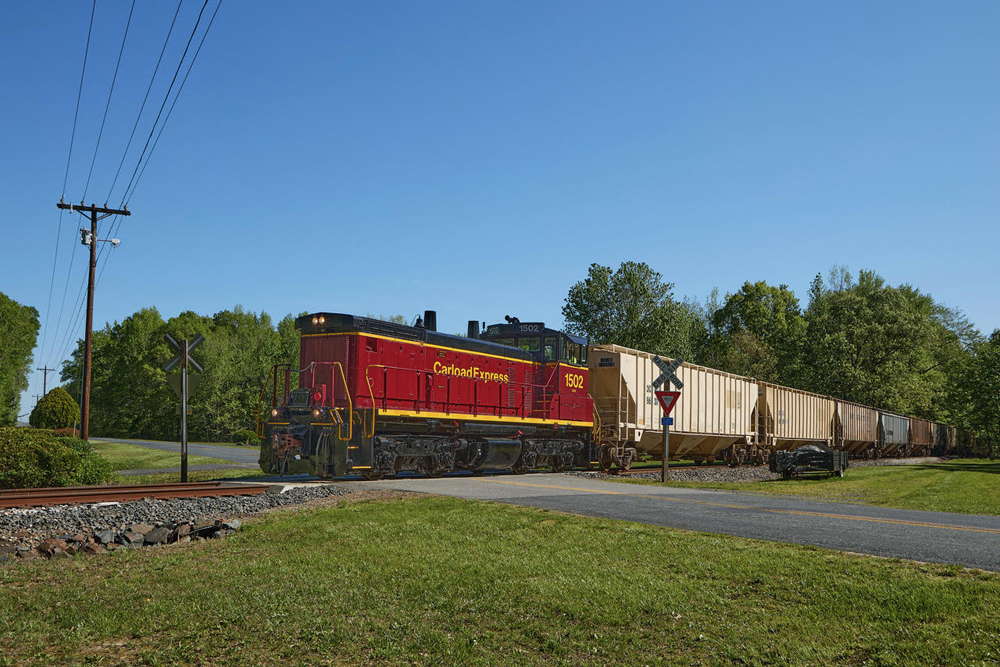The railway’s quarterly operating income declined 16%, to $1.2 billion, as revenue dipped 6%, to $3.6 billion. Earnings per share, adjusted for the impact of one-time items, was $1.25, a 16% decrease. CN’s adjusted operating ratio was 65.2%, a four-point increase.
For the year, CN’s operating income rose 2%, to $5.5 billion, as revenue rose 4%, to $14.9 billion. Earnings per share, adjusted for one-time items, grew 5% to $5.80. The railway’s adjusted operating ratio was 61.7%, an increase of 0.2 points.
Traffic volume in the quarter dipped 7% on a carload basis, or 13% when measured by revenue ton miles, the preferred metric of the Canadian railways. Every commodity category fell in the quarter due to the strike.
For the year CN’s volume declined 1% on a carload basis or 3% on a revenue ton mile basis.
CN expects its revenue ton miles to grow in the low single-digit range this year, with traffic picking up in the second half of 2020. “The first half will be a challenge,” CEO JJ Ruest told investors and analysts on the railway’s earnings call.
CN will not wait for the economy to bring freight to the railway, Ruest says. Instead, CN will look to additional small acquisitions and partnerships that can help drive volume to the railway.
“We’re very mindful for the rail industry to be successful, including at CN, we need to grow the pie,” Ruest says. “Just exchanging pieces of pie, that’s not a long-term solution.”
The long-term solution, he says, is better competing with trucks.
Anticipated traffic bright spots this year include:
• Growth in international container traffic at Vancouver and Prince Rupert, B.C., including the return of the Ocean Network Express contract previously handled by Canadian Pacific, effective June 1.
• Domestic intermodal, led by temperature-controlled shipments, the EMP container pool, and highway conversions thanks to the acquisition of trucking company TransX.
• Western Canada coal exports.
• Crude by rail shipments.
• Propane exports at Prince Rupert.
After spending record amounts to add capacity in Western Canada over the past two years, CN will ratchet back its capital spending to historical levels this year. The railway will spend $3 billion this year, which is roughly 19% to 20% of revenue, which is on the high end of the Class I scale.
“The capacity we added in the past two years has been very beneficial in terms of the resiliency of the network, whether it’s post strike, whether it’s coming out of the winter blast we just had here in the second week of January. It’s paid benefits. What I see right now is that we’re in a good position to handle more volume with what we did,” Reilly says.
CN will still add capacity in critical areas in Western Canada this year and by the end of March will take delivery of the final 41 Wabtec locomotives of its 260-unit order.
Also contributing to the declining capital spending: The winding down of investments necessary to deploy positive train control on lines in the U.S. All CN subdivisions required to have PTC are now operating with the safety system as the railway continues to work on interoperability.
The railway’s key performance metrics — including car velocity and train speed — remained strong outside of the strike period and its immediate aftermath, Chief Operating Officer Rob Reilly says.
As volume weakness accelerated in the fourth quarter, CN cut costs. It shed 5,000 freight cars, returned all leased locomotives, vacated some office space in Montreal, and cut 1,300 positions.
CN also slimmed down from three operating regions to two, effectively combining its Southern and Eastern regions into one.















Ahhhh….A conductor’s strike. Add another excuse in the long list as to why Precision Scheduled Railroading isn’t destroying railroading.